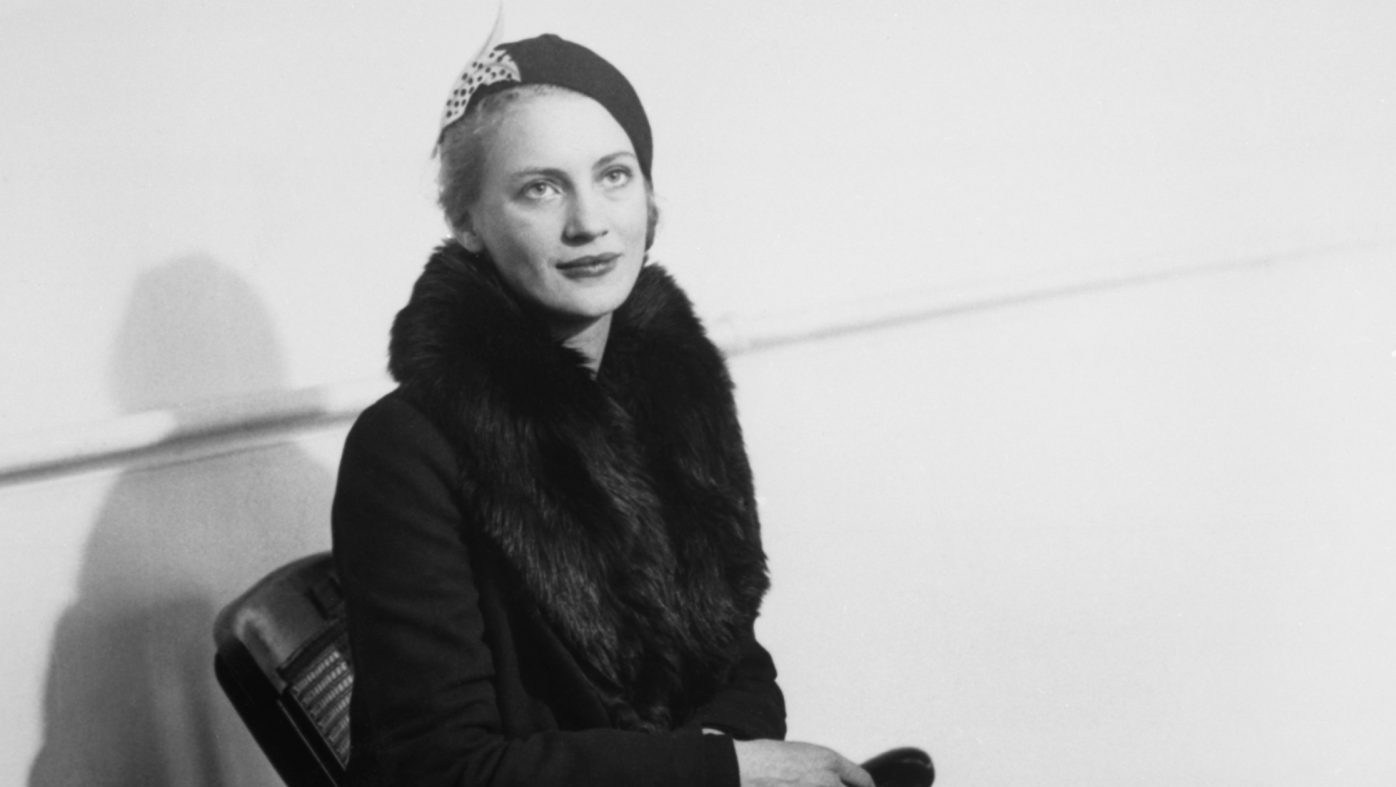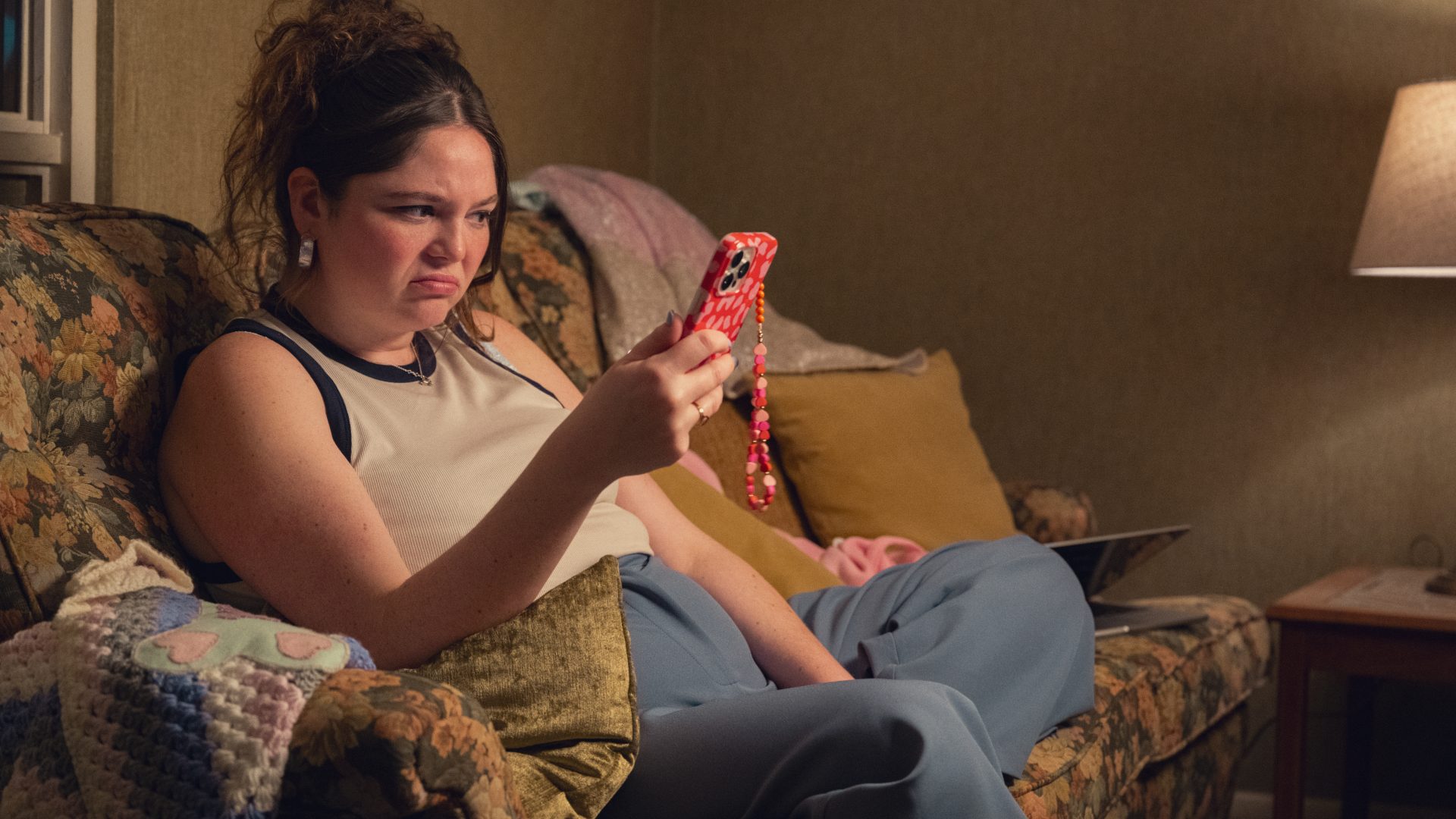In Manhattan, a 19-year-old woman was waiting to cross the road. She was striking in appearance, with a look that would later be described as the embodiment of the “modern girl”. She was originally from Poughkeepsie, up in the Hudson Valley, and perhaps wasn’t used to the dangers of the big city because she did something no New Yorker would ever do – she stepped off the pavement straight into the path of the onrushing traffic.
Or at least, she would have done if she hadn’t been prevented by a man in the crowd, a rather serious-looking businessman, with a mournful look about him. It turned out that the young Lee Miller had just been saved by Condé Montrose Nast, the media tycoon and owner of, among other things, Vogue. Nast immediately realised that the young woman was just what his magazine was looking for, and she soon became one of the most sought-after models in New York.
Despite the glamour of her modelling career, Miller’s childhood had been one of extreme trauma. She had been sexually abused as a young child by a family friend, a horror compounded by her contracting gonorrhea. Her school years had also been highly erratic, and she was expelled from every school she attended.
Miller was someone who refused to stand still in life. From the off, she wasn’t simply content to look nice for the camera. Indeed, even while she posed for the likes of Edward Steichen and Nickolas Muray, she’d pepper the artists with questions about their medium. To further her understanding of life on the other side of the camera, she went to Europe at the end of the 1920s.
As she explained in Vogue: “I got on a train [in Venice] and went to Paris and knocked on Man Ray’s door… I never looked back!”
Between 1929 and 1932, Lee Miller was the apprentice, assistant, muse and lover of Man Ray, the most influential surrealist photographer of the age. Together, they would not only develop new photographic techniques but Miller would evolve from enthusiastic amateur to highly regarded professional. The pair might have spent the rest of their lives creating art together had Lee not fallen in love with the British surrealist Ronald Penrose, with whom she’d begin the next chapter of her life in a soon-to-be war-torn London.
While in the UK, Lee added another string to her bow, with the former Vogue model now staging her own shoots for the title. With editor-in-chief Edna Woolman Chase particularly keen to showcase the modern British female, Miller found herself photographing airwomen at work and housewives making do in the East End rubble. But again, Miller could not stand still. After D-day, she crossed into France, and became the first woman to cover the war on the frontline.
She witnessed extreme horror. The photographs she took and the words she wrote both made and broke Lee Miller. No stranger to depression, the things she saw in Saint-Malo and in the ruins of Cologne left her for ever changed. “I hope no one will ever forget the subject matter of those pictures,” she wrote at the time, tersely adding: “I won’t.” She moved further east and towards her most famous photoshoot, the one that will always be synonymous with her name. “I’d been carrying Hitler’s Munich apartment address in my pocket for years,” Miller recalled in the 1950s. “Finally, I had a chance to visit but mein host wasn’t home.”
She eventually found Hitler’s flat on 30 April 1945 and, like anyone who had been at war for three months solid, her first priority was to have a bath. Miller was with her friend, the Life photographer David Scherman, and they took it in turns to get in the tub, each taking photos of the other – and so it was that Lee Miller, the Vogue cover model, was photographed having a soak in Hitler’s bathtub.
“I took some pictures of the place and I also got a good night’s sleep in Hitler’s bed,” explained Miller. As well as shots of the bathroom, Miller had taken images of GIs reading Hitler’s own copy of Mein Kampf while lounging on his couch.
There was a playfulness to those images. But earlier that same day, Miller had visited Dachau and had also taken photographs there. She later described “great dusty spaces that had been trampled by so many thousands of condemned feet – feet which ached and shuffled and stamped away the cold and shifted to relieve the pain and finally became useless except to walk them to the death chamber”.
After the war, she and Penrose set up home together in rural Sussex, but Miller’s life was bleak and heavy with alcohol. By the time of her death – from lung cancer in 1977 – the Lee Miller story had all but been forgotten. Not even her family had any idea of what she had seen and done.
“When I was growing up, I knew virtually nothing of my mum’s past achievements – it was a book she’d closed,” Antony Penrose told the BBC in 2020. “Then my wife, Suzanna, found Lee’s photographs in the attic of her house. My first reaction was disbelief. I had known my Mum as a useless drunk. I could not believe that she was the same person who had created this material.”
Miller’s story is now better known, not least on account of the biopic starring Kate Winslet, which will help to save her story for another generation – just as nearly a century ago Miller was saved from the New York traffic by a fashion magnate. If he had not reached out to stop her, then history would have been denied not only one of the 20th-century’s most extraordinary women, but one of the most darkly ironic and defiant remarks ever recorded. As Miller said: “I washed the dirt of Dachau off in Hitler’s own tub.”




